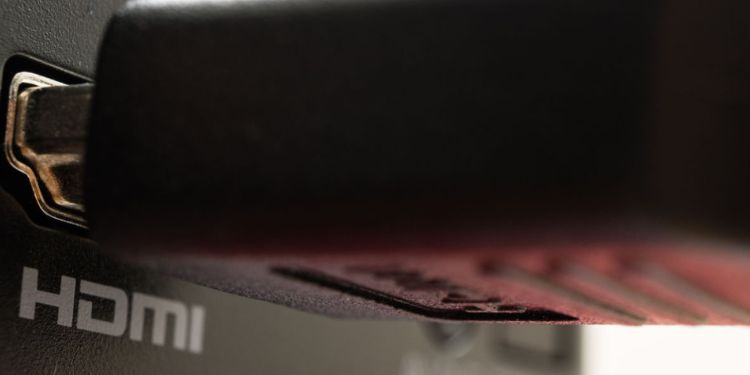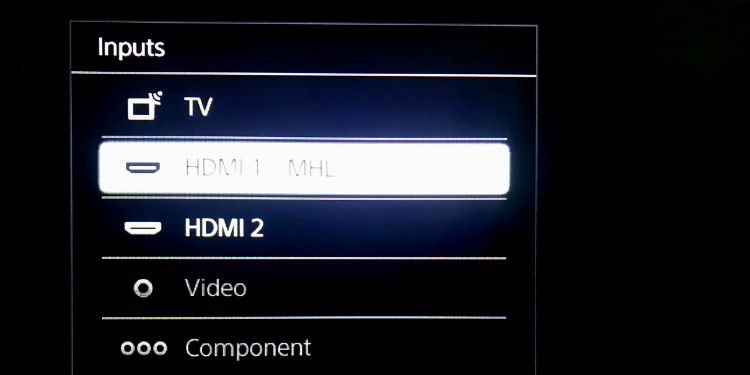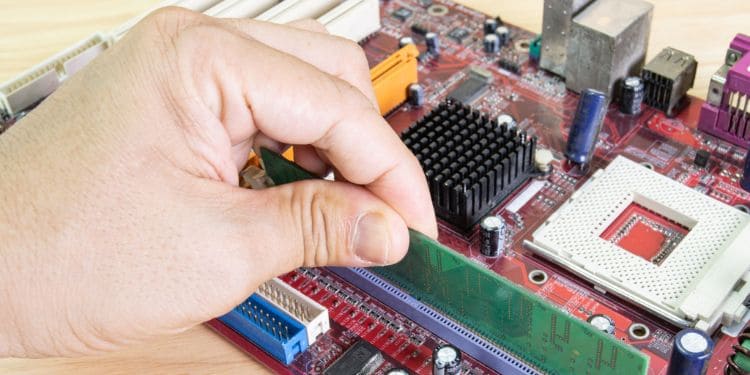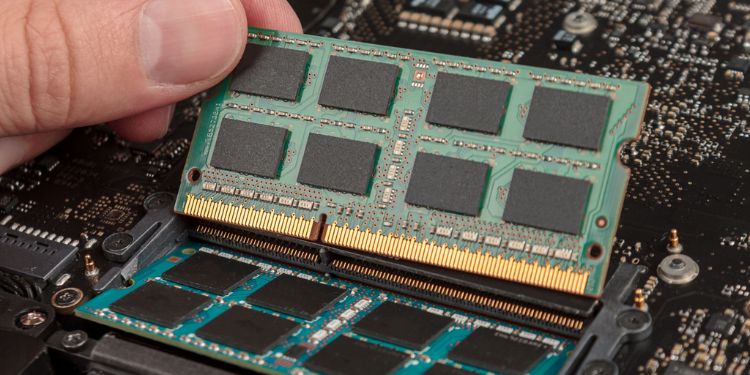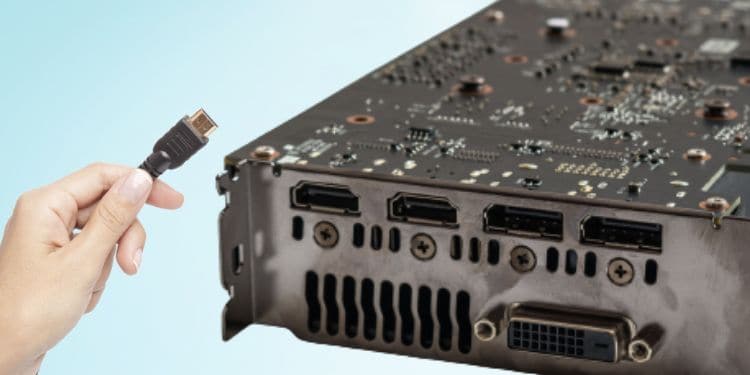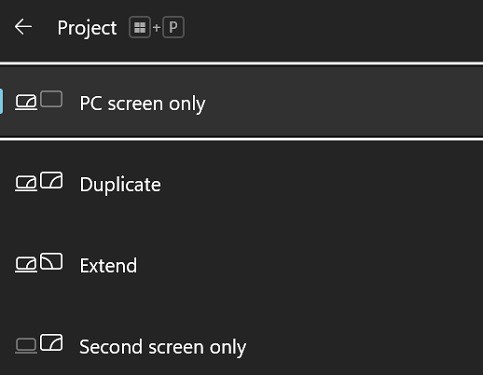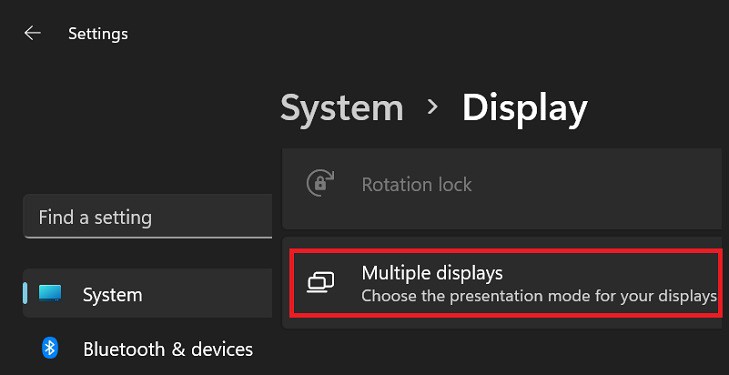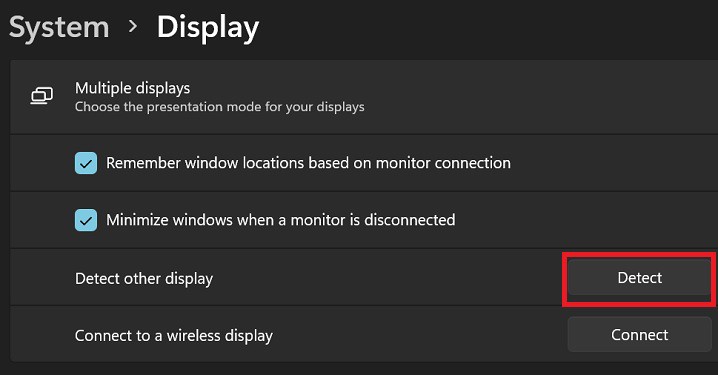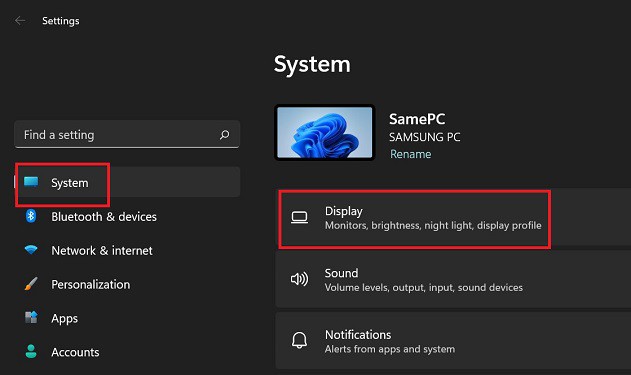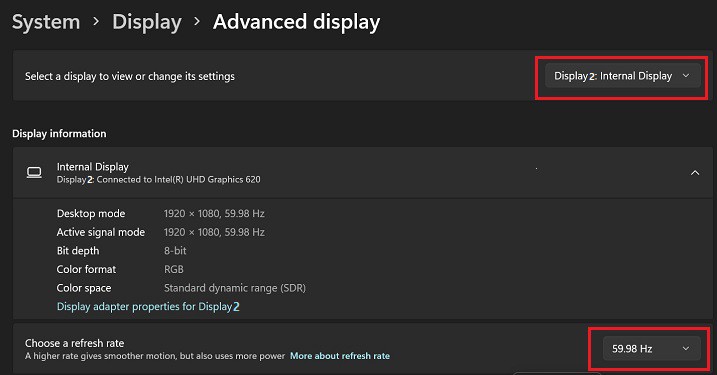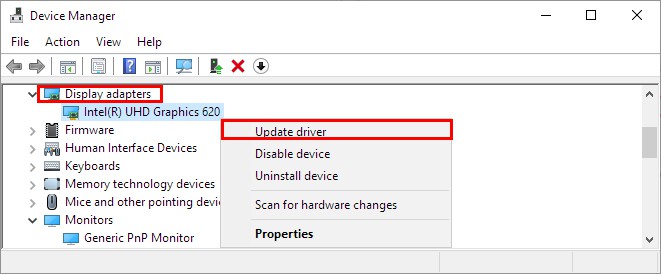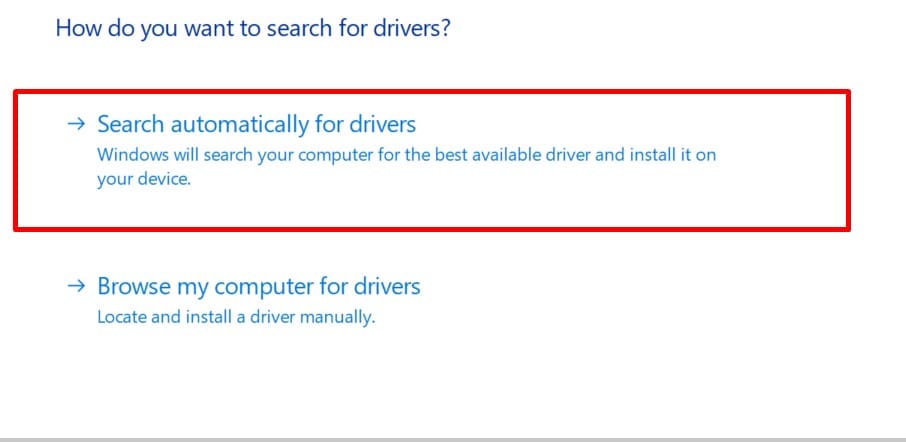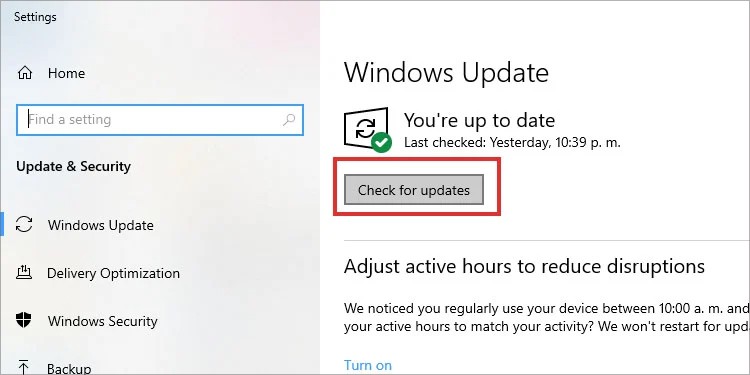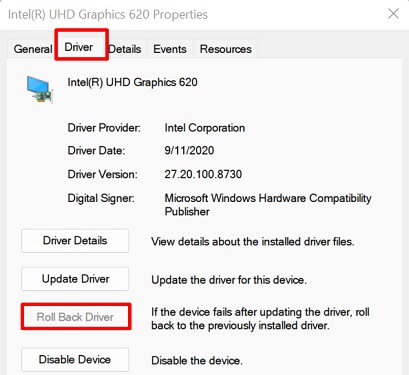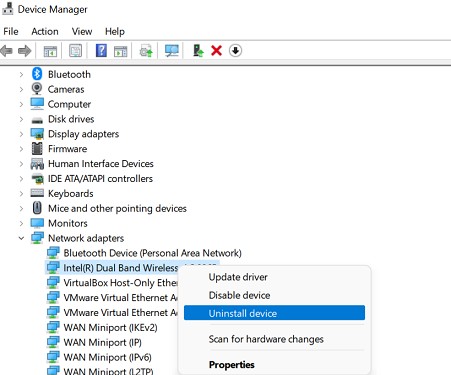This can be due to poor HDMI connection or cable breakage. Furthermore, there can also be driver and graphics card-related issues. Well, you might see a black screen or a message saying ‘No Signal!’ despite connecting your monitor to an HDMI cable. But you do not need to worry. In this article, we will explain why you’re experiencing this issue and its possible fixes.
Why is My Monitor Not Detecting HDMI?
If the monitor light is on, but you’re still unable to see anything on the screen, it’s because the display isn’t getting the signal. Or, even if it is receiving the signal, you might have configured the wrong settings.
How to Fix Monitor Not Detecting HDMI
HDMI cables carry both video and audio signals using up to 8 audio channels ensuring high-quality sound and pictures. So, it’s pretty obvious that most of us rely on HDMI to connect our monitor or extend the display.However, slight errors might prevent a monitor from detecting the HDMI signal. In such a case, you can try the fixes mentioned below.
Check HDMI Cable & Make the Connection Tight
Sometimes, we make silly mistakes by not securing the cable connection. So, the first method is to check whether your HDMI is correctly plugged into the HDMI port of your CPU and monitor. If making the connection tight doesn’t resolve your problem, check if any part of the HDMI cable is worn out. In that case, you’ll have to replace the cable or use electrical tape to temporarily fix the fraying part. Then, connect your HDMI cable again and see if this works.Furthermore, if you’re running dual monitors with a single HDMI port, check its connection too.
Try Switching HDMI Cable & Port
Indeed, it’s impossible to determine the prime reason why our monitor isn’t displaying the content. So, it’s important to check what’s causing the issue – your HDMI cable, port, or the monitor itself.To do so, first, unplug the cable from your monitor’s HDMI port and place it on to another port. If this resolves your problem, there’s an issue with the previous port. So, mark and ensure not to use it the next time.Also, if you have an extra HDMI cable, try using this to find out if there’s a problem with the previous adapter. Moreover, you can also connect your PC to a TV to see if there are any underlying issues within the monitor itself.
Use the Correct Display Input
In some monitors, there are multiple HDMI ports. So, for each port, a dedicated input can be accessed from the menu button.Thus, if you connect the HDMI cable to one port and check the input of another port, it’s obvious that your monitor displays a black screen. Here’s how you can avoid this:
Physically Remove and Reinstall Your RAM
Basically, if your RAM stick is not properly inserted in its slot, your PC won’t display anything on the screen. Thus, even if your connection is tight and the cable, port, or monitor has no issue, your RAM might stop your display from detecting HDMI.Furthermore, dust and dirt may hinder the connection, and your RAM might not be detected. Hence, it’s important to clean the slot and the RAM stick.Moreover, using corrupted RAM can affect your display. In fact, if your CPU can’t access it, you may hear a continuous beeping sound. So, if you had recently set up your desktop and didn’t install the RAM stick properly or if it has been corrupted, here’s how you can remove and reinstall it:
Use the HDMI Port on Your Dedicated Graphics Card
Unlike integrated graphics, dedicated graphics cards come with a separate slot consisting of all the necessary ports. So, if you’ve been plugging the HDMI cable into the motherboard’s port, you need to switch it to the GPU’s port.In some computers with dedicated graphics, you must insert all your cables, including HDMI, into its dedicated port. This is because the dedicated GPU will override the integrated GPU and the ports in the motherboard become useless. However, this is not the case on every PC. In some, the ports on your dedicated GPU and motherboard are both supported. So, we highly recommend reading the user manual to check this for yourself.
Use the Right Projection Option
If you’re using a dual monitor setup and one of them isn’t detecting HDMI, it’s probably because you haven’t selected the right projection option. Generally, Windows provides users with four different projection options – PC Screen Only, Duplicate, Extend, and Second Screen Only. So, if you have selected the first choice, your secondary monitor will go black. Thus, you’ll need to tweak this setting using the following steps:
Force Detect the Display
If your secondary monitor isn’t being deleted, use the primary one to force detect it. This way, even the older displays get connected to the PC. Here’s how to do this on Windows 11:
Try Changing Refresh Rate
The secondary display will likely go black if you’ve overclocked your monitor’s refresh rate. Generally, the display shouldn’t lose the HDMI signal for too long. But if you have overclocked excessively, a voltage problem may arise, and you may not get back to the window. In such a case, we recommend changing the refresh rate back to what it supports. Follow the below guideline to achieve this:
Update Your Display Adapter
If none of the above options helped to make your secondary monitor work again, you need to update your display adapter from the primary monitor. This should fix any issues related to the graphics card driver. Follow the below steps to complete this update on Windows 11:
Rollback the Display Driver
If your secondary monitor worked fine just before you updated your display adapter, you could roll back to the previous version to fix the issue. Basically, rolling back NVIDIA, INTEL, or AMD drivers can be done easily on Windows 11. Go through the below guide to learn how to do this:
Reinstall Your Display Driver
Well, the final option is to reinstall the display driver. To do so, you’ll have to delete it first and restart your computer that installs a new driver with default settings. Here’s what you need to do on the primary monitor:
